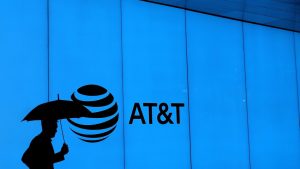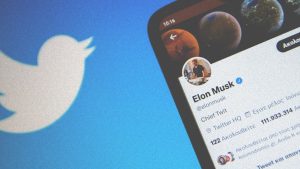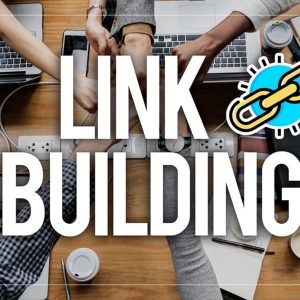5 Essential Marketing Tips For 2018
by Roberto Villazon , Columnist, February 8, 2018
Every start to the year inspires newness and a point of reflection. Whether personally or in business, we pause to look back and plan forward. This is the time we at least attempt to reset our efforts. Learning from the good and bad of the previous year, with the hope of designing a better roadmap for achieving our goals. While we do not have a crystal ball to see the future, we can certainly take steps to be better prepared for what is ahead in marketing for 2018. Here are some trends we think you should not ignore.
Automation
Automating your business may serve to make life easier, but it is also to help you save time and money, while providing transparency for navigating your marketing processes. Everything from email marketing, traditional media buying, to digital ad buys across search engines and social networks and ad exchanges are all being automated. Marketing automation is software manipulation of datasets based on rules and triggers helping to make decisions for you in realtime. This is not a “set it and forget it” solution, the automation is only as good as the strategy and data fed to the technological processes.
Psychometrics and behavioral marketing
Behavioral science is heavily employed by technology companies who are trying to provide users with the best possible user-experience as they interface with their networks, e-commerce, events, and more. This requires a good amount of data collection and analysis coupled with Machine Learning to help marketers and companies have a better handle on their customers’ profile and habits.
Psychometrics using this algorithmic approach can help brands tailor unique and personalized experience to each customer or group. The challenge with data is deciding on what to collect and how much of it. Privacy and content ownership is always a hot topic, even in 2018, as the European Union is set to enact General Data Protection Regulation (GDPR). Collect, use wisely, and protect.
Talk to me
Alexa, Google Home, and myriad new arrivals to the smart devices market have certainly mixed things up. Video might have killed the radio star, but conversations with AI is aiming to kill the display ad as more devices are enabling people to just use natural language to accomplish the same in-app or in-browser tasks and more. How do you market without a visual User Interface (UI)? Well, that is exactly what radio has always done, except now you have smart devices that can track a user’s daily habits and deliver creative marketing in context, programmatically.
These smart devices both listens and learn a user’s patterns in areas such as entertainment, news, and other content preferences. As more brands aim to enter the Internet of Things (IoT) space — given the success of Amazon’s Alexa and Google Home — expect creative conversational theatrics in marketing, just like the early days of radio shows.
Offline
Our always-on digital culture can take its toll on consumers who receive a barrage of information that later triggers a sense of content fatigue. Phones are now basically a data-firehose with access to billions of content pieces on the Internet. Oversharing is the new sharing on social media. Staying connected and relevant in social news feeds can be exhausting, but with so many reminders, app notifications, emails, and news to keep up with all in one device, it is easy to spend hours daily just jumping from one stream of information or content to the other.
While brands should not stop creating great content, diversifying user experiences offline is a good way to take the edge off this stress or fatigue and let humans do what they so well – socialize, in person. This approach to crafting face time experiences can lead to lasting online consumer loyalty, brand love, and yes, more user generated content — a win-win for brands and consumers.
Marketing by data
Data gives you clear lens to power your campaigns by removing the traditional guessing game of “spray and pray.” If you are not collecting data on your users and customers, then you are behind. Building a customer profile for each user or customer is very important to understand what and how to sell or interact with that person.
Once you have constructed your customer profiles, you can then be more intentional about the types of creative and content messaging to produce for your audience of one – this is personalization enabled by data at scale. Understanding that everyone is a unique being – even though some habits and behaviors are similar to others – data gives us the capability to better target and be more efficient with budgets and content distribution. Let your data drive your strategic decisions.
Synthesizing a blend of traditional and digital marketing approaches is still relevant in 2018. Since we are striving to reach people still living in the real world, remember to always keep the needs of your target audience as the main focus. You should not jump on the bandwagon of trying every new or emerging technology or gadgetry, but neither should you sit back and let your competitors always be the first mover. Start your own marketing trends for 2018, rapid exploration and experimentation is the name of the game — don’t get left behind.
(49)
Report Post





